Red Pepper Flakes Revealed: Spicy Secrets You Never Knew!
You've probably seen them in pizza boxes, pasta jars, and even on restaurant tables — those tiny, fiery bits known as red pepper flakes. But have you ever wondered what pepper are red pepper flakes made from? Whether you're a spice novice or a seasoned chilehead, this post will give you the lowdown on one of the world’s most beloved seasonings.
From flavor profiles to heat levels, and practical kitchen tips to expert buying guides, we’ve got it all covered. Let’s dive into the colorful, spicy world of red pepper flakes!
Table of Contents
- What Are Red Pepper Flakes?
- What Pepper Are Red Pepper Flakes Made From?
- Heat Level & Flavor Profile
- Pro Tips for Using Red Pepper Flakes
- Buying Guide: Choosing the Best Red Pepper Flakes
- Spice Comparison Chart
- Final Thoughts
What Are Red Pepper Flakes?
Red pepper flakes are dried and crushed pieces of hot peppers. Often found in shakers or bottles, they're used to add a punch of heat and color to dishes across many cuisines — from Italian pasta sauces to Mexican tacos and Southern fried chicken.
While many assume red pepper flakes come from a single type of pepper, the truth is more complex (and tastier!). They can be made from various chili varieties, each contributing its own unique character to the final product.
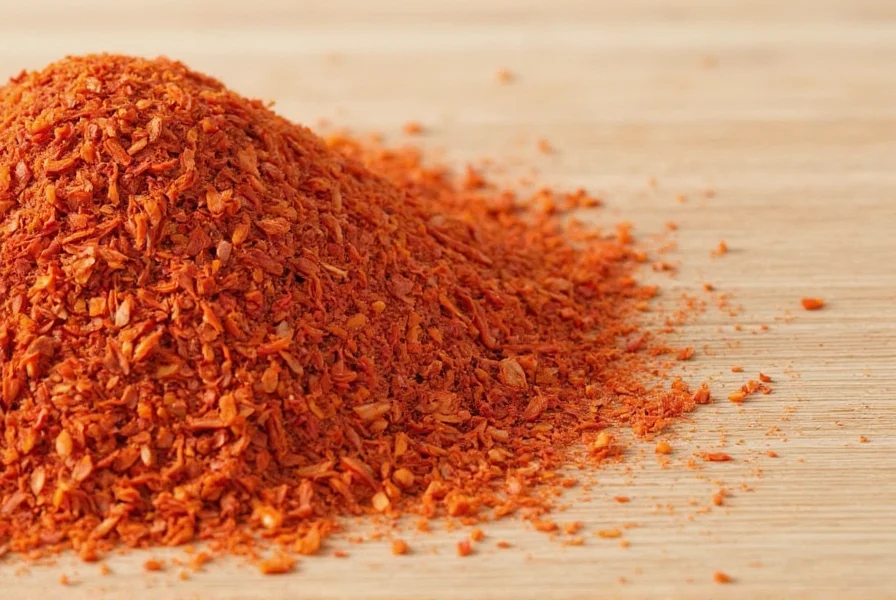
What Pepper Are Red Pepper Flakes Made From?
So, here's the burning question: what exactly goes into making those crunchy red bits? The answer depends on where you buy them and who’s making them. Here are some of the most common culprits:
- Cayenne Peppers: Known for their bright red color and medium-to-high heat, cayenne peppers are a popular base for commercial red pepper flakes.
- Crushed Red Chili Peppers: This broad term often refers to any combination of dried hot peppers — sometimes including cayenne, but also other cultivars like Thai chilies or Fresno peppers.
- Hatch Chiles: These are usually roasted before drying, adding a smoky layer to the final flake.
- Bird’s Eye Chilies: Common in Southeast Asian blends, these deliver a sharper, more aggressive heat than traditional American-style flakes.
- Mixed Blends: Some artisanal brands create proprietary mixes using multiple peppers for balanced heat and flavor complexity.
Now that you know the players, let’s talk about how they stack up in terms of flavor and fire!
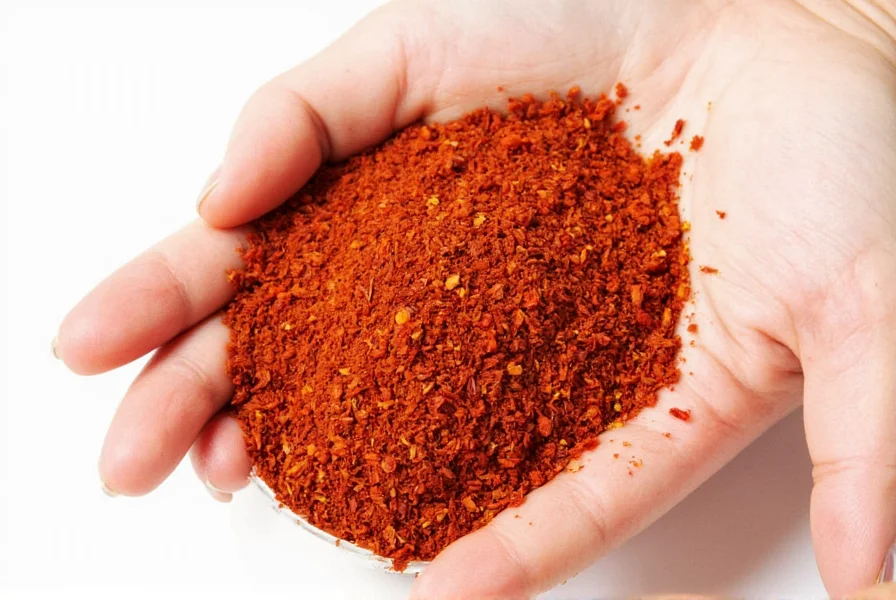
Heat Level & Flavor Profile
One of the best things about red pepper flakes is that you can find versions with wildly different flavor notes and spice levels depending on the source pepper. Let’s break down what to expect:
| Pepper Type | Scoville Heat Units (SHU) | Flavor Notes | Best For |
|---|---|---|---|
| Cayenne | 30,000 – 50,000 | Earthy, slightly sweet, sharp bite | Pasta, soups, marinades |
| Fresno | 2,500 – 10,000 | Slightly fruity, smoky when roasted | Tacos, burgers, chili oil |
| Thai Bird’s Eye | 50,000 – 100,000 | Very bright, grassy, intense | Asian stir-fries, curries |
| Hatch Green Chile | Varies by roast level | Smoky, earthy, slightly vegetal | Southwestern cuisine, enchiladas |
| Mixed Artisan Blend | 10,000 – 70,000 | Complex, layered flavors | Chef’s choice dishes, gourmet meals |
As shown above, red pepper flakes aren’t a one-size-fits-all seasoning. Depending on your preference, you can go bold and fiery or mellow and smoky.
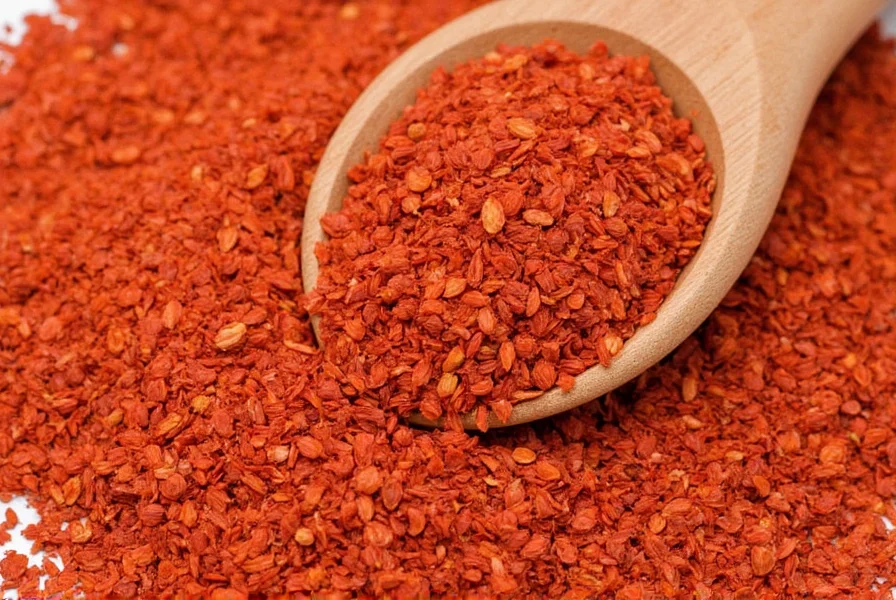
Pro Tips for Using Red Pepper Flakes
If you’re ready to take your culinary game to the next level with red pepper flakes, here are some tried-and-true techniques to make the most out of this versatile spice:
- Toasted for More Flavor: Lightly toast flakes in a dry pan for 30 seconds to unlock deeper aromas. Perfect for sprinkling over rice bowls or grain salads.
- Make Your Own Chili Oil: Combine red pepper flakes with oil and garlic for an easy homemade condiment. Store in the fridge for up to 2 weeks.
- Add at the End for Maximum Kick: If you want a punch of heat, sprinkle flakes onto finished dishes like pizza, noodles, or grilled meat.
- Use Sparingly in Baking: Believe it or not, red pepper flakes can add a surprising depth to chocolate desserts or spiced cookies.
- Infuse in Broths or Marinades: Simmering red pepper flakes into broths gives a subtle background warmth without overwhelming the dish.
- Pair With Sweet Ingredients: Think honey, citrus, or mango — the contrast between sweet and spicy creates a delicious balance.
These simple tricks can transform your everyday cooking into something truly memorable.
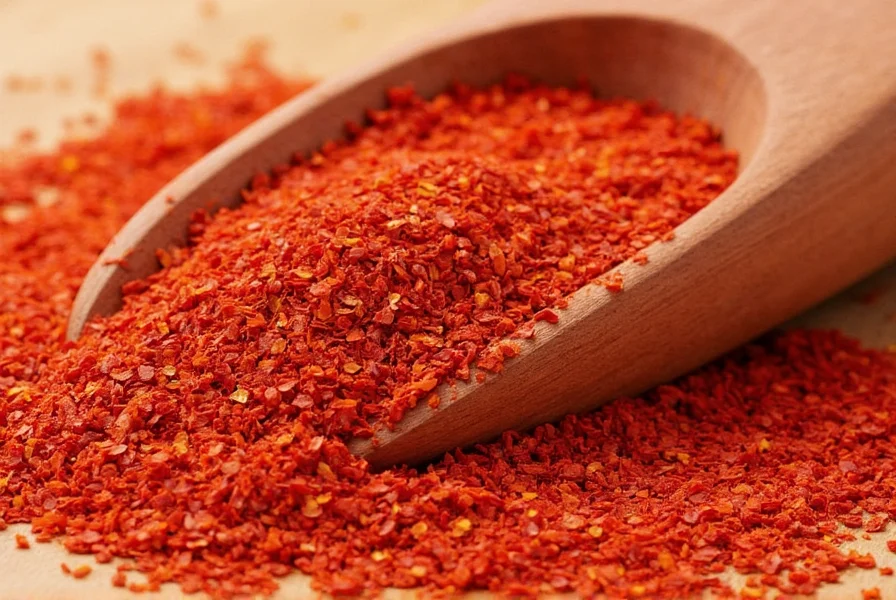
Buying Guide: Choosing the Best Red Pepper Flakes
With so many options lining the shelves of grocery stores and specialty shops, how do you choose the right red pepper flakes for your needs? Here's a breakdown of key considerations:
- Whole vs. Crushed: Whole dried chilies can be crushed at home for fresher flavor. Pre-crushed flakes are convenient but may lose potency faster.
- Ingredient List: Read labels! Some commercial products contain fillers like salt or anti-caking agents. Pure crushed pepper is ideal.
- Brand Reputation: Artisan brands often offer better quality and flavor clarity. Look for companies that disclose the pepper types used.
- Organic Certification: Organic flakes ensure no chemical residues, especially important if you're using them liberally.
- Origin Matters: Mexican, Indian, or Korean red pepper flakes often come from region-specific cultivars and offer distinct flavor profiles.
- Storage Tips: Keep red pepper flakes in a cool, dark place in an airtight container to preserve color and heat. Shelf life is typically 6–12 months.
Here are three top picks based on performance and popularity:
Top 3 Red Pepper Flake Brands
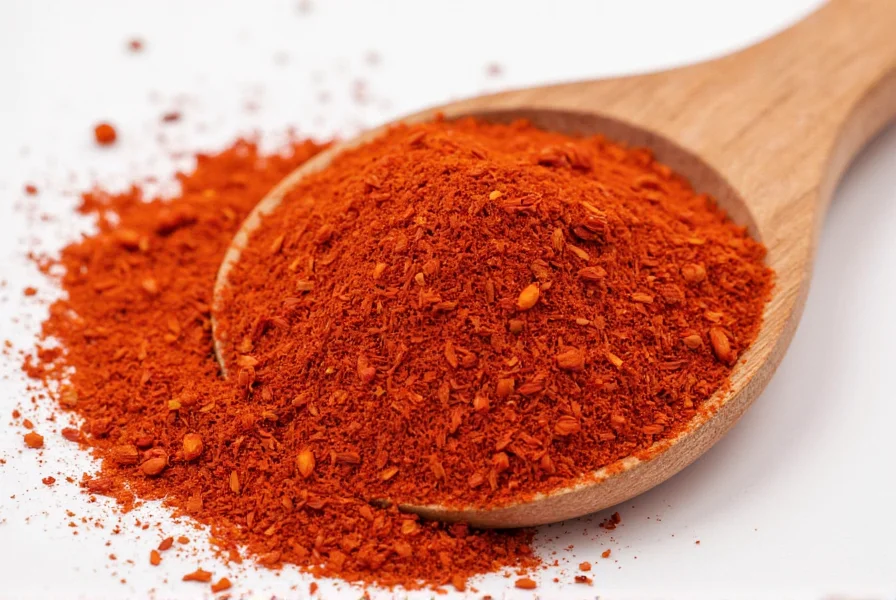
The Spice Garden Organic Crushed Red Pepper
Features: USDA Organic, non-GMO, free of additives
Advantages: Clean taste, moderate heat level
Best For: Everyday use, family meals, pizza lovers
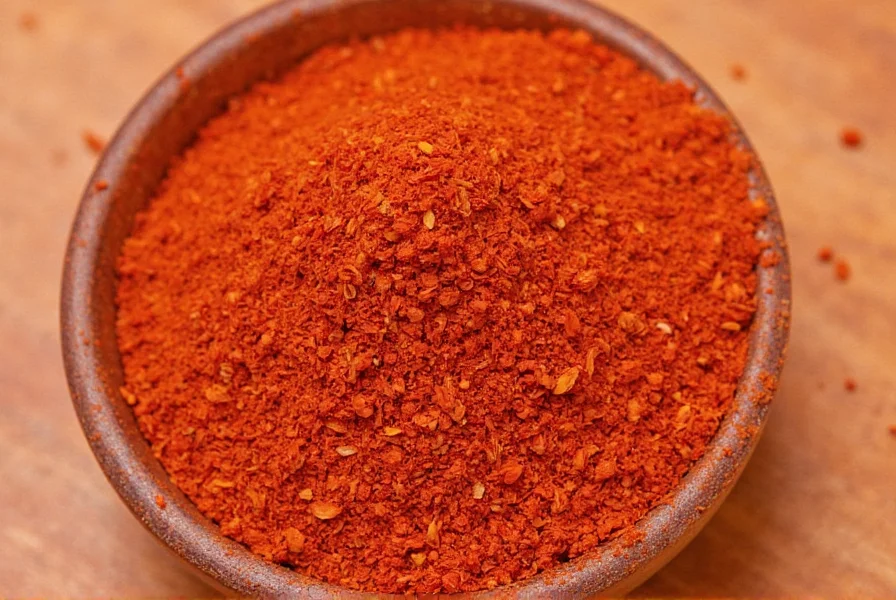
Spice Crafters Gourmet Fire Blend
Features: Blend of 5 global chilies, hand-crushed
Advantages: Complex flavor, excellent for chefs and foodies
Best For: gourmet cooking, grilling, creative recipes
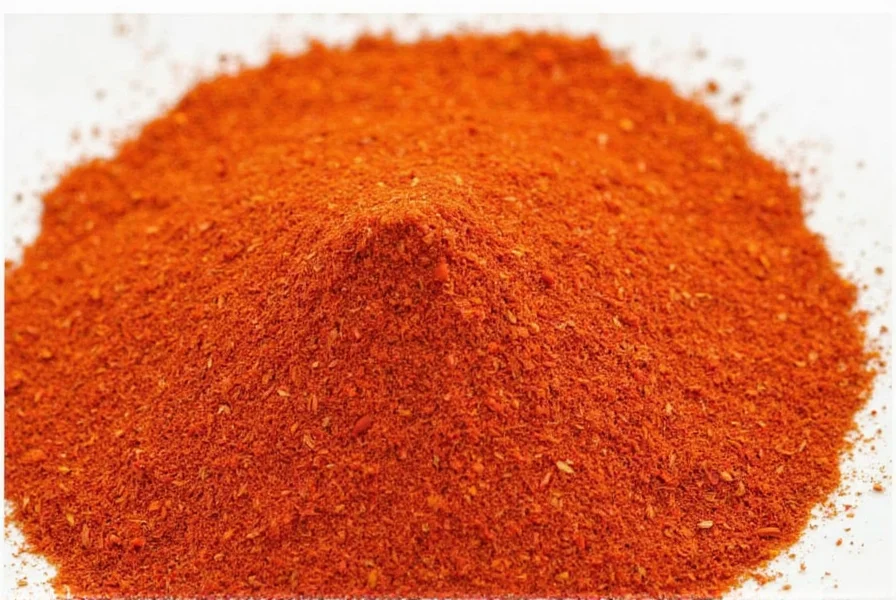
Asia Flavors Authentic Thai Chili Flakes
Features: Pure bird’s eye chilies, sun-dried
Advantages: High heat, perfect for authentic Asian dishes
Best For: Pad Thai, curries, spicy soups
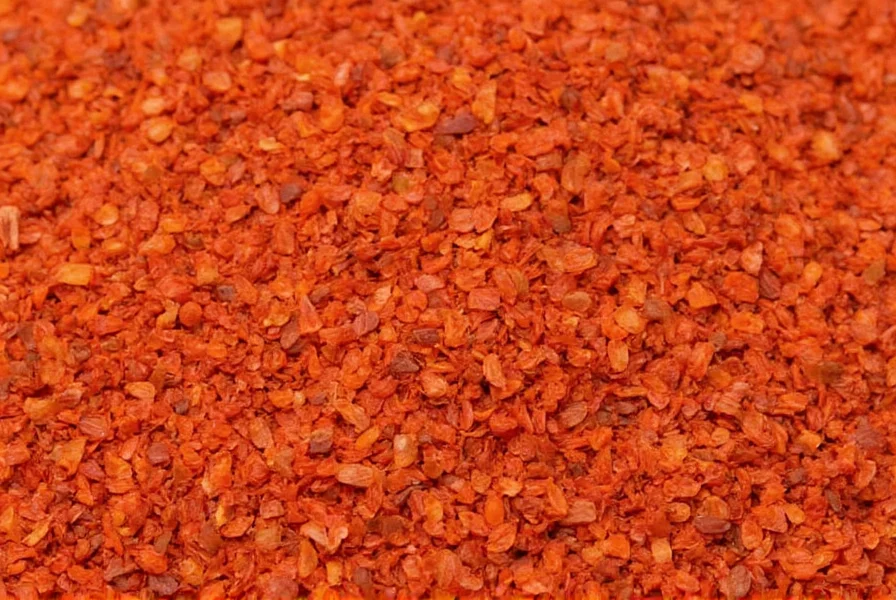
Spice Comparison Chart
Want a visual breakdown of how red pepper flakes stack up against similar spices? Check out this handy chart:
| Spice | Main Pepper | Heat Level (1–5) | Flavor Notes | Common Use |
|---|---|---|---|---|
| Red Pepper Flakes | Cayenne, Thai, others | 3–5 | Bright, peppery, earthy | Global cuisines, quick spice boosts |
| Cayenne Powder | Cayenne | 4 | Sharp, clean heat | Baking, sauces, rubs |
| Chili Garlic Paste | Various | 3–5 | Garlicky, umami-rich | Asian and Latin dishes |
| Crushed Aleppo Pepper | Aleppo | 2–3 | Earthy, fruity, moderately spicy | Mediterranean, Middle Eastern cuisine |
| Tabasco Original Sauce | Tabasco Pepper | 2–4 | Vinegary, tangy, fermented | Dipping sauces, Bloody Marys |
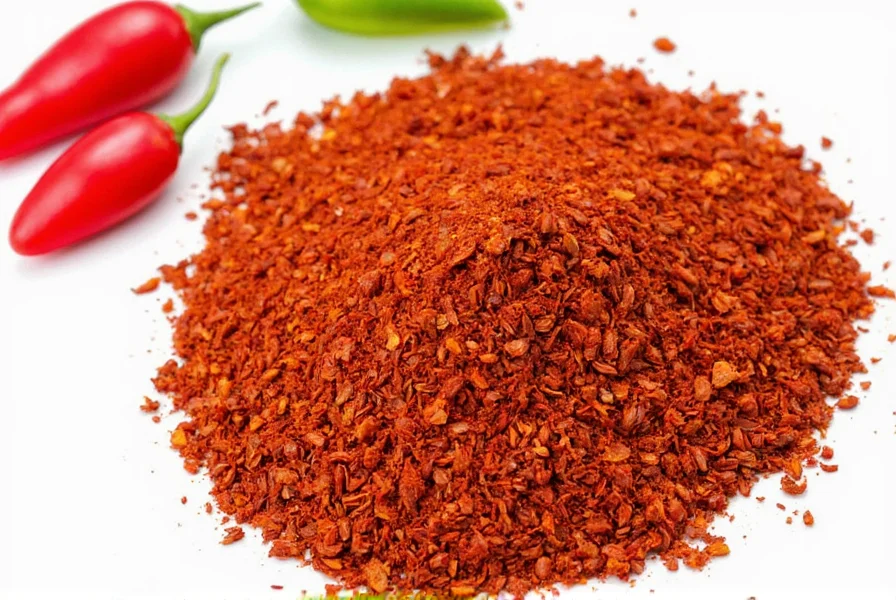
Final Thoughts
So there you have it — red pepper flakes are far more than just “the stuff in the shaker.” Understanding what pepper are red pepper flakes made from opens up a world of culinary possibilities, whether you're jazzing up a weeknight dinner or impressing guests with a custom-made chili oil.
Remember, the best red pepper flakes depend on your personal preferences and the kind of cuisine you love. So don't be afraid to experiment, mix, and match different varieties. After all, spice is supposed to be fun — and tasty!
Got a favorite brand or DIY tip you swear by? Drop it in the comments below. And don’t forget to bookmark this page for future reference — you never know when the craving for a little extra heat might hit!
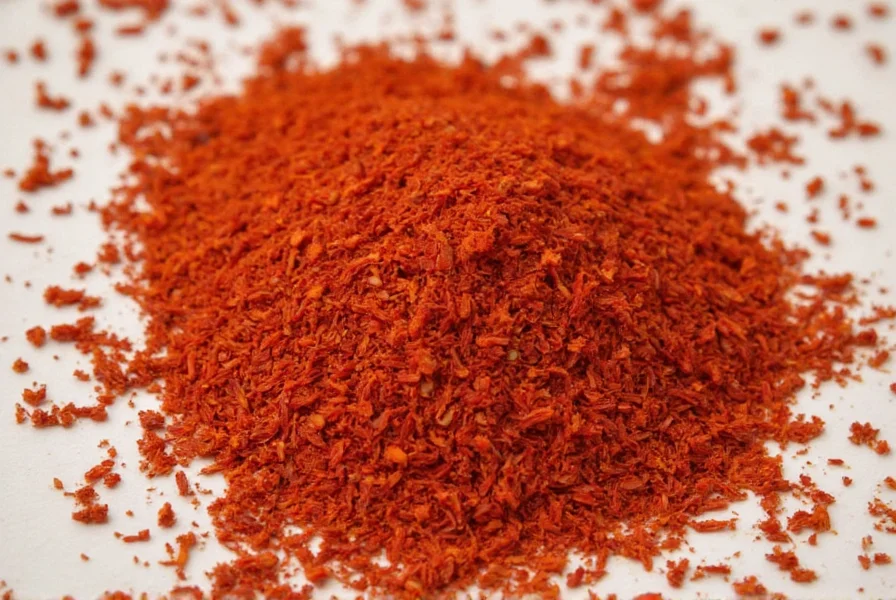

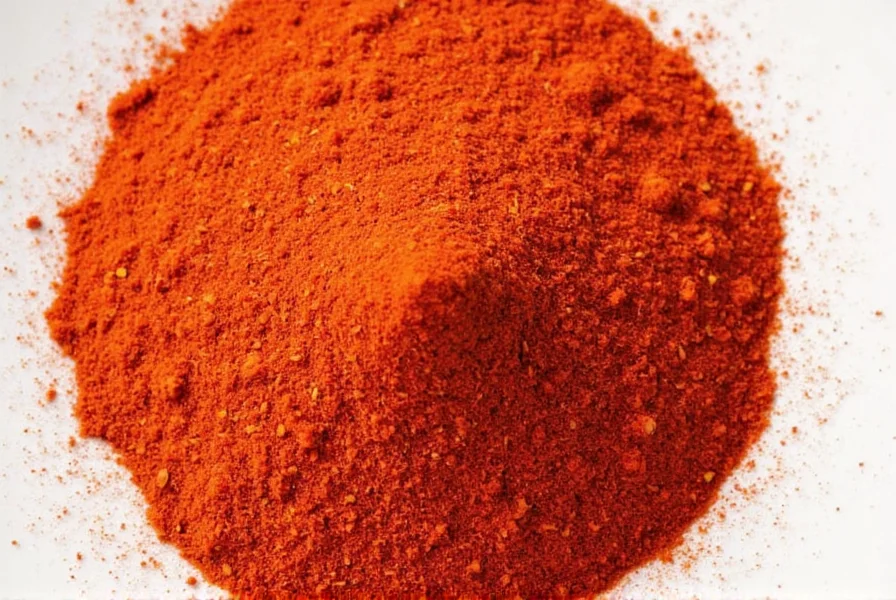









 浙公网安备
33010002000092号
浙公网安备
33010002000092号 浙B2-20120091-4
浙B2-20120091-4